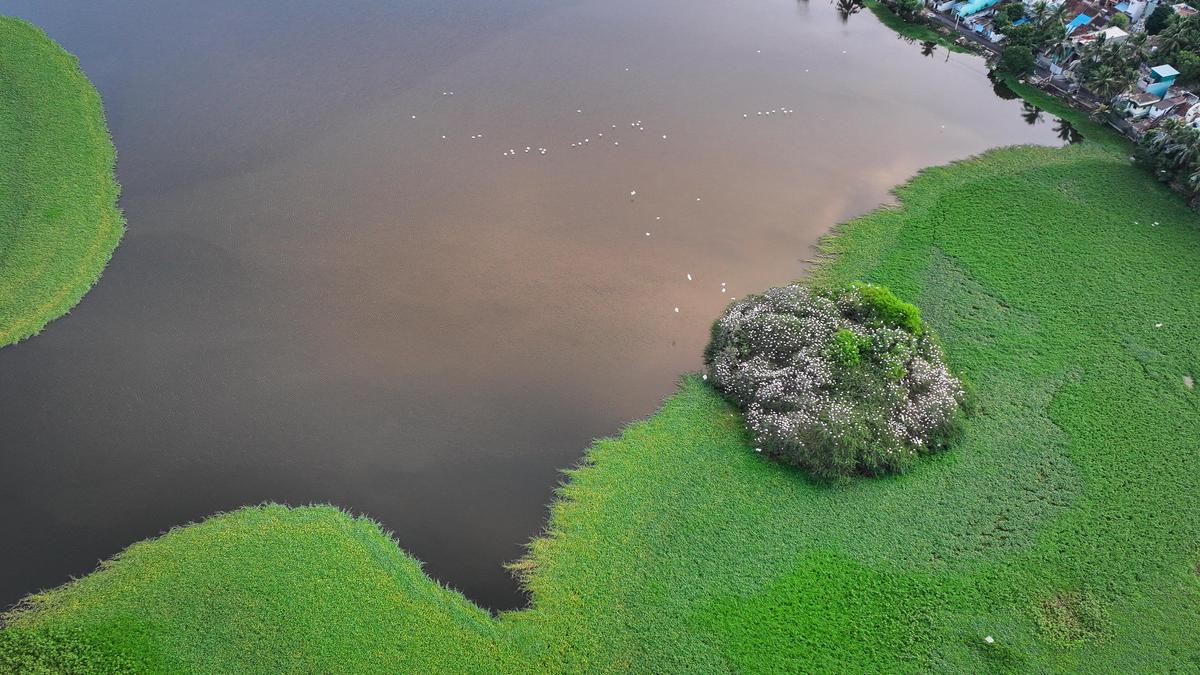Stretching from the Kanniyakumari High Road at Edalakudi at one end to the Kasi Viswanathar Temple in Parakkai at the other, the Suchindram Eri (lake) Kulam spans a few kilometres and serves as a vital habitat for numerous bird species as well as a variety of freshwater fish.
Part of the Suchindram-Theroor-Manakkudy Wetland Complex, one of the two Ramsar sites in Kanniyakumari district, it has long served as an important stopover for migratory birds at the southern tip of the Central Asian Flyway. The waterbody also functions as one of the prime heronries of Kanniyakumari district.
However, the lake is gradually falling prey to negligence, apathy, and indifference on the part of both the government and the public. Encroachments, sewage inflow, unregulated waste dumping along the banks, the proliferation of weeds and water hyacinths, and illegal lotus cultivation have together transformed Suchindram lake from a once vibrant ecosystem into a gasping, polluted waterbody.
Other waterbodies such as Koonikulam, Nadu Kulam, and Parakkai Kulam, situated near Suchindram lake, have also borne the brunt of pollution, encroachments, and waste dumping. The entire sewage from Parakkai panchayat now flows into Koonikulam, Nadu Kulam, and Parakkai Kulam, gradually turning the water murky.
“Eutrophication [the process whereby a body of water becomes overly enriched with nutrients such as phosphorus and nitrogen, leading to excessive plant and algal growth]
Continue Reading on The Hindu
This preview shows approximately 15% of the article. Read the full story on the publisher's website to support quality journalism.
